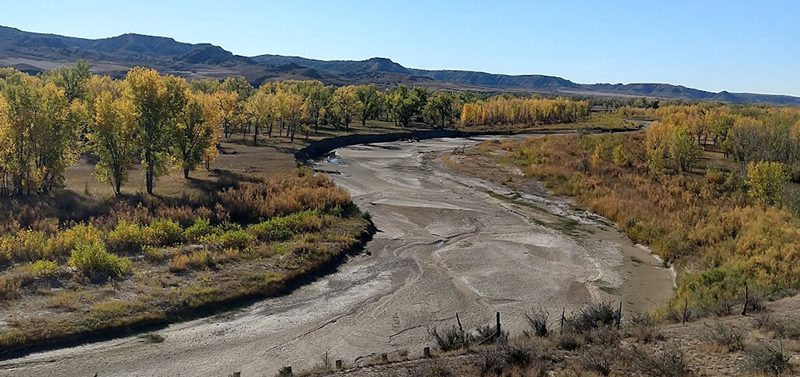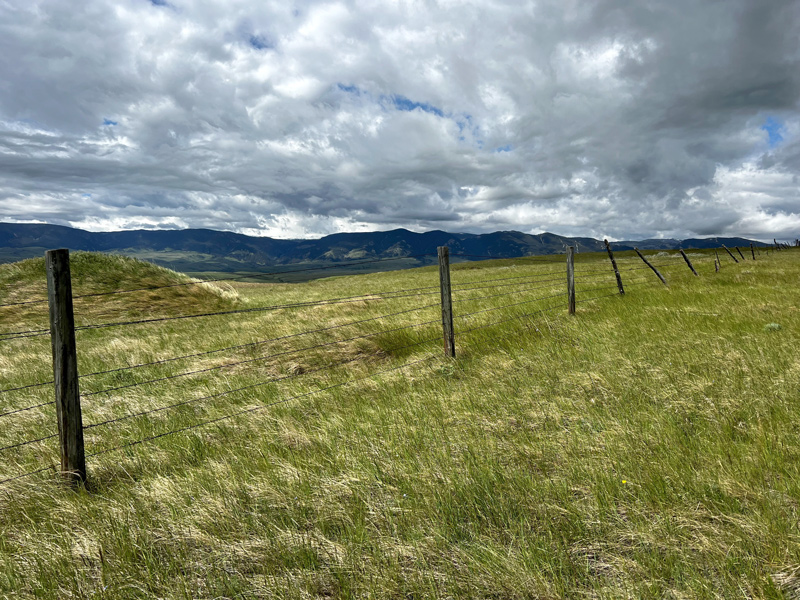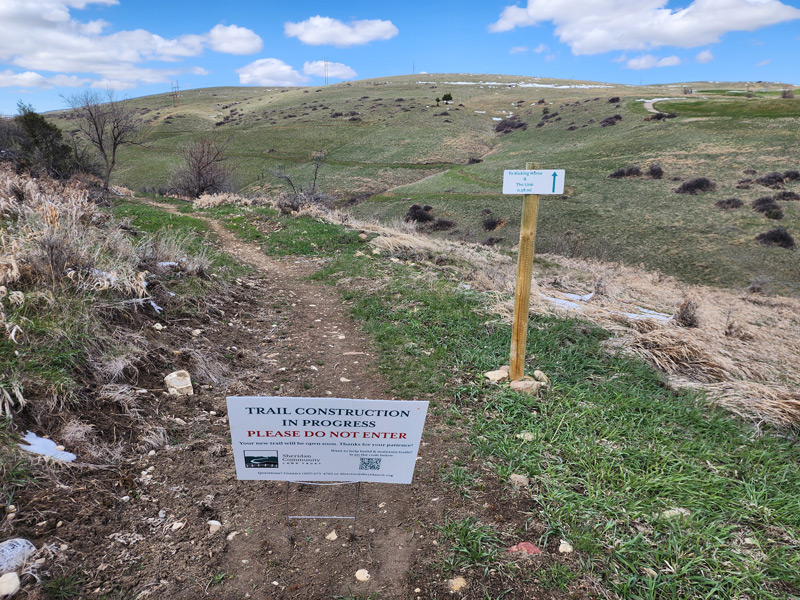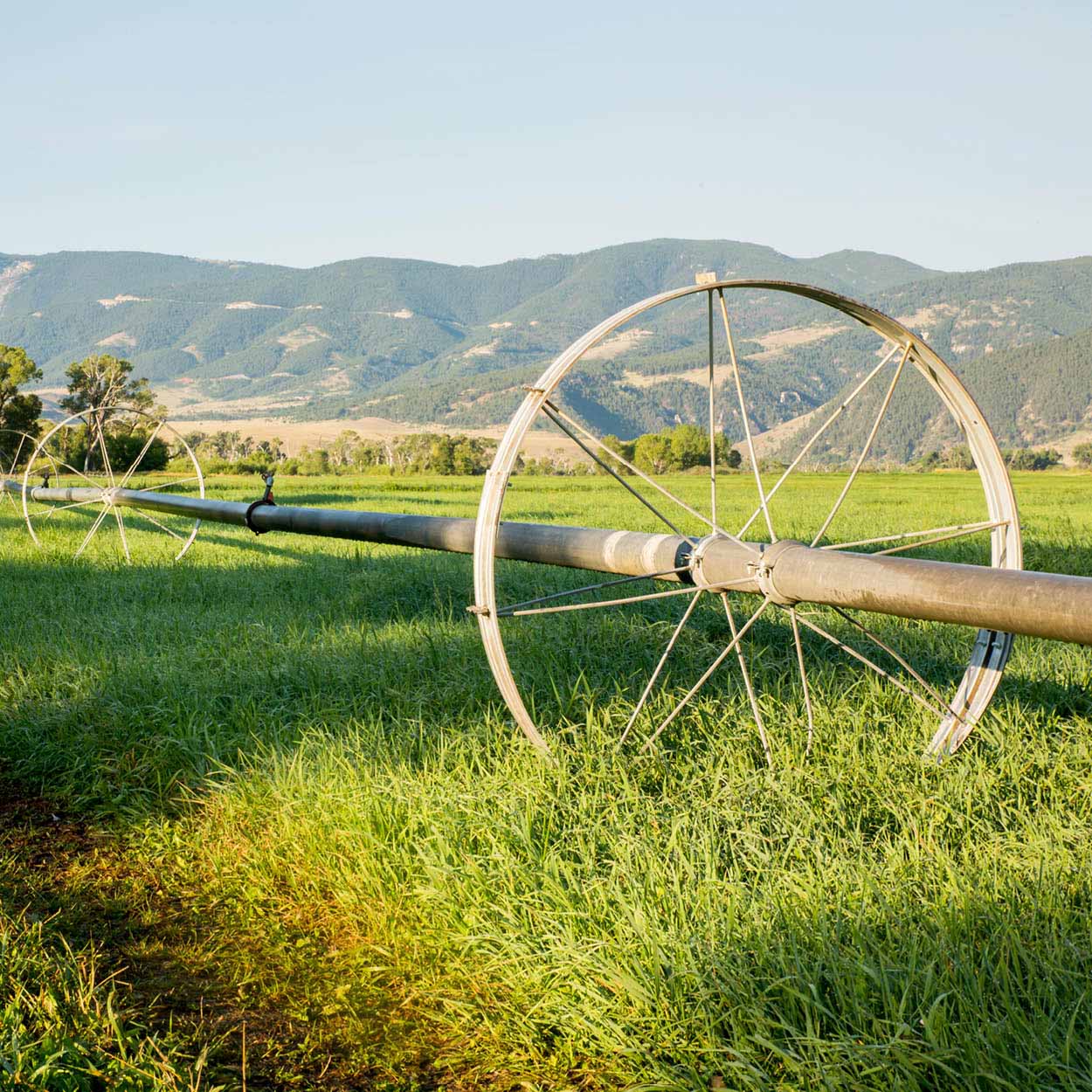Without a proper plan in place, Mother Nature’s driest days could leave many of Sheridan County’s ranchers and ag producers underwater.
That’s why Sheridan Community Land Trust has introduced the Sheridan County Drought Planner, its newest tool aimed at helping local ranchers and ag producers.
“Working lands are integral to SCLT’s work to conserve open space, wildlife habitat and healthy waterways,” said SCLT Executive Director Brad Bauer. “Planning for drought ahead of time can help identify opportunities that might ease the stress when the time comes. It might even identify opportunities that can be implemented in years without a drought that will make a positive change in your operation.”
The Sheridan County Drought Planner was created as one way to help alleviate drought-related headaches and heartbreaks many members of the local agricultural community have said they experience.
“In SCLT’s survey last spring, the majority of producers reported high stress from drought,” said SCLT Conservation Program Manager Meghan Kent. “Despite this, none surveyed had a written drought plan.”
By creating a drought planner, Kent said SCLT is hopeful some of that stress is alleviated.
“Having a written drought plan can help producers to prepare and help to alleviate stress. This is especially true for new producers who might not have as much experience with how to prepare for drought in Sheridan County,” she explained.
That’s where Carter Dubberley comes in. The intern working with SCLT through the Sheridan College Foundation’s Homer A. and Mildred S. Scott Foundation Intern program has spent much of his time with SCLT researching drought plans and consulting with local ranchers to produce “a personalized, interactive worksheet” ag producers in Sheridan County and the Bighorns region can use to help plan today for the dry times that will certainly come sometime in the not-too-distance future.
“Our goal is to give ag producers a point of reference during times of drought,” Dubberley said. “If they ever feel stuck and don’t know where to go, that’s where this drought planner steps in.”
SCLT’s drought planner is a tool that’s most useful when producers put planning time in ahead of a drought, that way, Dubberley said, they “have something to look back on when things get hard” adding, “Being able to have a tangible plan in your grasp will help.”
In discussion with local ag producers, Dubberley said he learned that knowledge about how to manage drought hasn’t always been passed from one generation to the next, something that is especially true if a producer is operating on land they have not had many years of experience operating on. Because of that, he believes this drought planner is helpful for anyone who earns their income growing food and fiber.
“This plan will provide a good reference and starting point for those who have never dealt with drought. For those who have, a written plan can be a more engaging way to help keep your operation organized,” he concluded.
SCLT’s drought planner can help people whether their operation includes many thousands of acres or a few patches for fresh tablecrops.
“This drought planner is for anyone. Some of these strategies directly impact ways you can save water for your garden or lawn at home,” Dubberley noted.
Bauer said the Sheridan County Drought Planner, along with the monthly Sheridan County Water Supply Report SCLT began to publish last fall, represent the latest ways SCLT can help our agricultural community thrive.
“Agriculture is woven deeply into the fabric of our community,” he said. “We hope these tools in some fashion can keep our local lands productive in feeding our community, fueling our economy, providing habitat for wildlife, maintaining open space, and providing healthy waterways.”
SCLT thanks Zach Koltiska, Matt McMeans, John Buyok, McCade Brown and Alan Dubberley for their help creating the drought planner.










